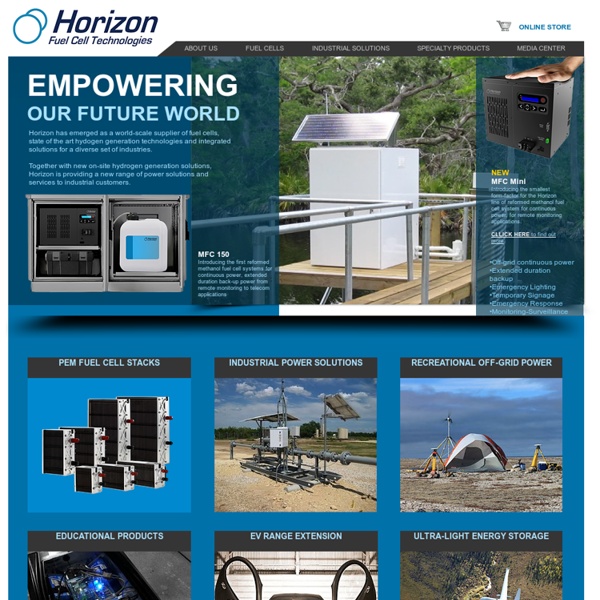Horizon Fuel Cell Technologies
USFIRST.org - Welcome to FIRST
The Border Online RC Shop
ElectronicaRC.com
Welcome to ElectronicaRC.com We are manufacturers and distributors of high tech electronics for Drone, RC Model planes, FPV -Video piloted planes- and UAVs -Unmaned Aerial Vehicles- IN STOCK. Free UPS or TNT 24/48Hour Express Shipping!!! PHANTOM, in stock ready to ship, click here ElectronicaRC, official dealer for DJI products: This page is always regulary updated with new products. Actually we have 4 lines of products: FPV - Aerial Video Systems: Video goggles, cameras, video transmitters and receivers, OSD's, Head Tracking systems, Long range radio systems... We are based in Spain, but we can ship worldwide. During a Spanish FPV meeting, ElectronicaRC got a new altitude record for an electric plane. Have a happy flying
Related:
Related:



